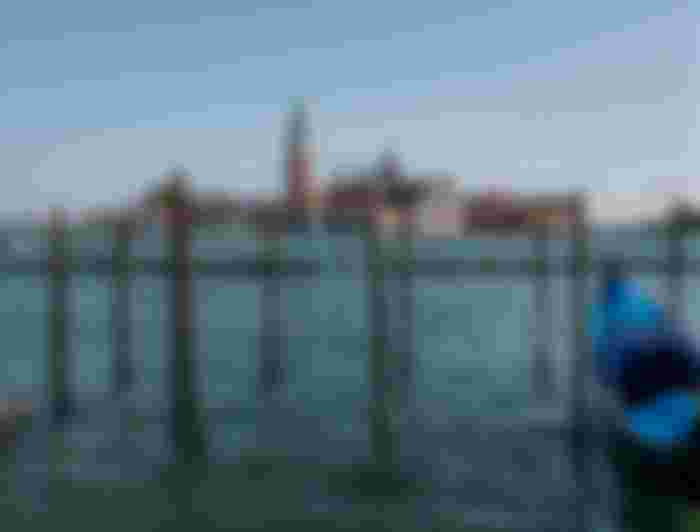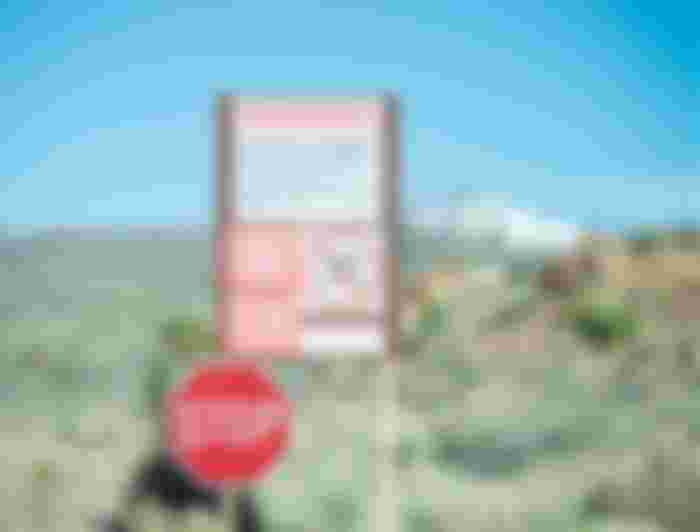The last special segment was a top on the 7 most chilling places on the planet; those in which spending a night has to be a terrifying experience. But today we are going to take one more step, so that you know of those forbidden places to visit, that you will not be able to see inside no matter how much you want. Some of them will require very demanding special permits, and in others, exploration will simply be impossible. But since people tend to be seduced by the idea of what is forbidden, here I present them to you. Do you dare to meet them? Well let's get started!

7. Poveglia Island (Italy)
We started this trip with the island Poveglia in Italy. Actually, with this piece of land, the prohibition is generated more by fear than by the norm, since Poveglia is the owner of a dark past, marked by death and desolation. So much so, that the locals know it as "the island of death", or "the island of no return." The legend about its negative energies begins in the Middle Ages, when it became a quarantine place, and later a crematorium and cemetery for plague patients.
Time did not improve the situation, because long after that, the Italian government decided to turn the island into a psychiatric institution. Far from improving their mental health, the patients were subjected to experiments that ended up much worse. They then decided to close the center and leave the island. In 1960, a person bought it to turn it into a large vineyard, but failure haunted him. Currently the island is uninhabited and nobody has much desire to visit it.

6. North Sentinel Island (Indian Ocean)
Run by the government of India, North Sentinel Island is one of those secret places in the world that instantly captures anyone's intrigue and curiosity. What makes this piece of land in the Bay of Bengal one of the forbidden places in the world are its inhabitants. The Sentineles are one of the most primitive peoples on earth. Little is known about them; just that they live in a large tribe of which there are between 50 and 150 inhabitants, who emigrated from Africa about 60,000 years ago.
After the tsunami that occurred in 2014, the Indian authorities tried to reach the island to check how its inhabitants were doing, but they were greeted with arrows. The tribe is not very open to visiting and interacting with outsiders. Since then, a strict control has been established to ensure that no one tries to approach this territory.

5. White’s Gentleman Club (England)
This is one of the favorites among the forbidden places in the world, as it is one of those spaces conditioned only by behavior and social norms. The White’s Gentleman Club is one of the most exclusive clubs on the planet. It is located on St. James’s Street, in the heart of London. It is the most traditional, conservative and exclusive gentlemen's club in London. It was created in 1693, and has maintained its rigorous all-male policy ever since. Some of the current members of this prestigious club are, for example, Prince Charles, Prince William and Tom Stacey, among others. Although they are some of the most relevant names, many of them have had to wait several years to be accepted as members.

4. Heard and McDonald Islands (Australia)
We continue with our adventurous tour of the forbidden places in the world, this time entering one of the most remote places on the planet. A little corner between Madagascar and Antarctica: Australia's Heard Island.
Along with McDonald Island, they are uninhabited pieces of land that are named after the expedition members who discovered them in 1885. In 1990 they were considered a World Heritage Site by UNESCO, as a way to curb the massive hunting of birds. and sea lions that took place there.
The weather on the islands is truly inclement. An extreme cold and snow prevail constantly in the place; but in addition to that, Heard Island is home to two active volcanoes. One of them, the Mawson, rises up to 2,745 meters high. This risk, the tenacious climate and the need to preserve the fragile natural environment, led the Australian government to prohibit entry without permission in 1996, so it is one of the prohibited places to visit.

3. The Island of Serpents (Brazil)
The official name of the Island of the Snakes of Brazil, is Isla da Queimada Grande, located on the coast of São Paulo, it is known for the incredibly poisonous snakes it houses, and for being the only place in the world where you will find a number so tall of these reptiles. It is not surprising that it is counted among the forbidden places in the world, and it is that local rumors indicate that there are five snakes for every square meter. A paradise for adventurers and lovers of adrenaline? An absolute hell for those fearful of these animals? Well, in any case, it will remain a mystery. The island is one of the forbidden places to visit, as the country's law prohibits civilians from accessing it.

2. Area 51 (United States)
And when it comes to forbidden places to visit, few are as mysterious and hermetic as Area 51.
This military base nestled in the Nevada desert, near LasVegas, has been the protagonist of a lot of stories in which the mystery, and even the possibility of extraterrestrial life, have taken place. After the popular Roswell case, in which an alien flying artifact allegedly fell and its crew members were captured for study, the mystery about Area 51 has only grown. NASA claims that it exists, but that it is nothing more than an engineering and science laboratory. In any case, its absolute secrecy makes it one of the most legendary forbidden places in the world.

1. The Secret Archives of the Vatican (Italy)
The Vatican is the largest center of religious power on a global scale, from where the Catholic Church is directed. Although it has become a center of religious pilgrimage and tourist enjoyment, there is an area that is completely forbidden to outsiders: it is the Secret Archives.
Just north of the Sistine Chapel, next to the Apostolic Library, stands this mysterious place. There are 33 kilometers of shelves, in which the history of the Church is preserved throughout 12 centuries.
The place is completely forbidden for ordinary people, but there are two small exceptions: members of the Catholic Church, and academics who have passed the rigorous admission process, providing their personal information, the purpose of their research, and a letter of presentation signed by the research institute or university. Anyway ... it's not a place for the curious.






